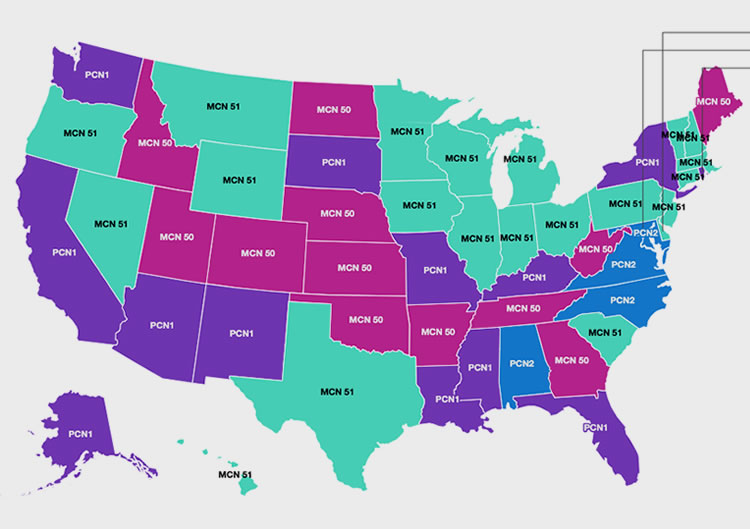![]()
Contributory negligence and comparative negligence are concepts used to attribute fault after a motor vehicle accident.
Contributory negligence
Every person driving on the streets and highways has a responsibility to act as “reasonable person” while operating a motor vehicle, be it a car, truck, motorcycle, bus or anything else. If a driver does not act as a reasonable person, they may be held entirely at fault or partially at fault for any damages or injury that occurred as the result of their actions (or inactions). For example if a driver is texting while driving, swerves and hits another driver who is driving in the lane next to them who is driving 15 miles over the speed limit, who would be found at fault? In this event, if the person who was speeding (and was crashed into by the person texting and driving) filed a lawsuit, the person who was texting and driving could bring a counter-claim against alleging that the other party was partly at fault because they were speeding. This would be an example of a “contributory negligence” counterclaim. If they were able to prove this, then the plaintiff could prevent the defendant from recovering damages or could reduce the amount of damages.
Comparative Negligence
Most states use a comparative negligence system when it comes to car accident lawsuits. There are two approaches in place:
- Pure Comparative Negligence
- Modified Comparative Negligence (50% or 51%)
In pure comparative negligence, damages are totaled and then reduced to match the amount of contribution to the accident. For example if a person is found 20% at fault for an accident and the amount awarded was $200,000, that person would be awarded $160,000 (80% of the total amount).
In modified comparative negligence, the person filing the lawsuit (the plaintiff) would not recover anything if they are found to be equally responsible or more responsible than the other party. Meaning if they shared the fault equally (50/50) they would not be allowed to recover anything.
- Modified Comparative Negligence 50% rule: An injured party cannot recover any compensation if they are found to be 50% at fault or more for the accident. If the party is found to be 49% at fault or less, they can recover the percentage of total damages they are at fault. So if damages were $100,000 and they were 20% at fault, they would be eligible to recover $80,000.
- Modified Comparative Negligence 51% rule: An injured party cannot recover any compensation if they are found to be 51% at fault or more for the accident. If the party is found to be 50% at fault or less, they can recover the percentage of total damages they are at fault. If damages were $100,000 and they were 50% at fault, they would be eligible to recover $50,000.
As the table below shows, different states use different methods to determine fault.
| State | Negligence System |
|---|---|
| Alabama | Pure Contributory Negligence |
| Alaska | Pure Comparative Negligence |
| Arizona | Pure Comparative Negligence |
| Arkansas | Modified Comparative Negligence – 50% Rule |
| California | Pure Comparative Negligence |
| Colorado | Modified Comparative Negligence – 50% Rule |
| Connecticut | Modified Comparative Negligence – 51% Rule |
| Delaware | Modified Comparative Negligence – 51% Rule |
| District of Columbia | Pure Contributory Negligence |
| Florida | Pure Comparative Negligence |
| Georgia | Modified Comparative Negligence – 50% Rule |
| Hawaii | Modified Comparative Negligence – 51% Rule |
| Idaho | Modified Comparative Negligence – 50% Rule |
| Illinois | Modified Comparative Negligence – 51% Rule |
| Indiana | Modified Comparative Negligence – 51% Rule |
| Iowa | Modified Comparative Negligence – 51% Rule |
| Kansas | Modified Comparative Negligence – 50% Rule |
| Kentucky | Pure Comparative Negligence |
| Louisiana | Pure Comparative Negligence |
| Maine | Modified Comparative Negligence – 50% Rule |
| Maryland | Pure Contributory Negligence |
| Massachusetts | Modified Comparative Negligence – 51% Rule |
| Michigan | Modified Comparative Negligence – 51% Rule |
| Minnesota | Modified Comparative Negligence – 51% Rule |
| Mississippi | Pure Comparative Negligence |
| Missouri | Pure Comparative Negligence |
| Montana | Modified Comparative Negligence – 51% Rule |
| Nebraska | Modified Comparative Negligence – 50% Rule |
| Nevada | Modified Comparative Negligence – 51% Rule |
| New Hampshire | Modified Comparative Negligence – 51% Rule |
| New Jersey | Modified Comparative Negligence – 51% Rule |
| New Mexico | Pure Comparative Negligence |
| New York | Pure Comparative Negligence |
| North Carolina | Pure Contributory Negligence |
| North Dakota | Modified Comparative Negligence – 50% Rule |
| Ohio | Modified Comparative Negligence – 51% Rule |
| Oklahoma | Modified Comparative Negligence – 50% Rule |
| Oregon | Modified Comparative Negligence – 51% Rule |
| Pennsylvania | Modified Comparative Negligence – 51% Rule |
| Rhode Island | Pure Comparative Negligence |
| South Carolina | Modified Comparative Negligence – 51% Rule |
| South Dakota | Pure Comparative Negligence |
| Tennessee | Modified Comparative Negligence – 50% Rule |
| Texas | Modified Comparative Negligence – 51% Rule |
| Utah | Modified Comparative Negligence – 50% Rule |
| Vermont | Modified Comparative Negligence – 51% Rule |
| Virginia | Pure Contributory Negligence |
| Washington | Pure Comparative Negligence |
| West Virginia | Modified Comparative Negligence – 50% Rule |
| Wisconsin | Modified Comparative Negligence – 51% Rule |
| Wyoming | Modified Comparative Negligence – 51% Rule |



No Comment